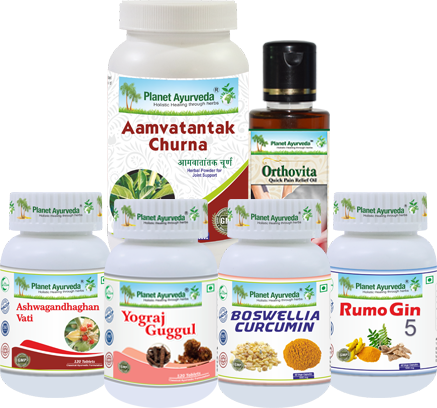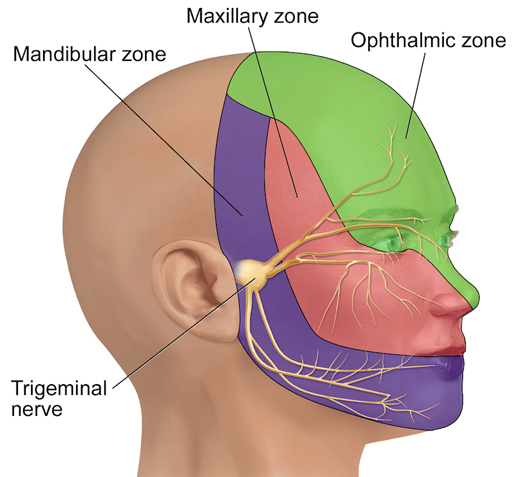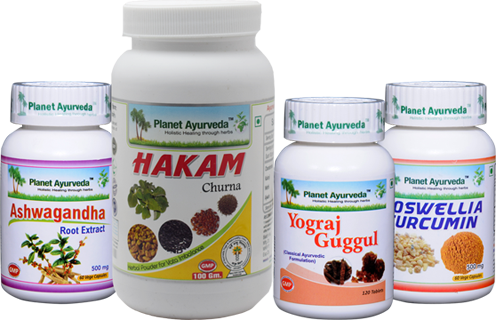Abstract
The liver is one of the most important organs in your body. It helps remove toxins, supports digestion, and keeps your metabolism running smoothly. But today's fast-paced lifestyle, unhealthy eating habits, and exposure to pollution can put a lot of stress on your liver. Liver diseases are becoming increasingly common around the world. Millions of people are affected by conditions like fatty liver, hepatitis, and liver cirrhosis every year, many without even knowing it until it becomes serious. In this article, we'll look at six simple lifestyle changes that can boost your liver health. We'll also talk about how natural herbal supplements can help gently cleanse and support your liver. These tips focus on prevention and overall wellness, so you can take better care of your liver and feel healthier every day.

Introduction
The liver is responsible for over 500 functions. From metabolizing nutrients to detoxifying harmful substances. When the liver is overworked or becomes inflamed, it can lead to several health issues. Some of the most common liver-related disorders include non-alcoholic fatty liver disease (NAFLD), which is often linked to obesity and poor diet, hepatitis (a viral infection that causes liver inflammation), liver cirrhosis (scarring of the liver from long-term damage), and even liver cancer. These conditions can be serious, but the good news is that many of them are preventable with the right lifestyle choices. Making small, consistent changes to your daily habits can go a long way in protecting this vital organ and supporting your overall health.
Common Causes Of Liver Stress And Damage
They Are As Follows:
- Excessive alcohol consumption
- Viral infections like Hepatitis B & C
- High-fat, processed diet
- Obesity and lack of exercise
Signs Your Liver May Need Support
They Are As Follows:
- Frequent fatigue or low energy levels
- Poor digestion or bloating after meals
- Yellowish skin or eyes (jaundice)
- Dark-colored urine or pale stools
- Unexplained weight gain or belly fat
- Skin issues like acne, itching, or rashes
6 Lifestyle Changes For Better Liver Health
1. Adopt a Liver-Friendly Diet
The foundation of liver health begins with your plate. A balanced diet rich in fruits, vegetables, whole grains, and lean proteins provides the nutrients your liver needs to function efficiently. Reduce consumption of processed foods, sugary drinks, and trans fats, all of which contribute to liver fat accumulation and inflammation.
Key Dietary Tips For Liver Health
- Include cruciferous vegetables like broccoli, kale, and Brussels sprouts.
- Eat foods rich in antioxidants such as berries and leafy greens.
- Stay hydrated with clean, filtered water.
2. Maintain a Healthy Weight
Being overweight or obese increases the risk of non-alcoholic fatty liver disease (NAFLD), which can progress to more serious conditions like liver cirrhosis or liver failure. Shedding even a small amount of weight can reduce liver fat and inflammation significantly. Engaging in regular physical activity, at least 30 minutes of moderate exercise five times a week, can help manage body weight and improve liver enzyme levels. Herbal supplements for liver detox, which support fat metabolism and reduce oxidative stress on liver cells, can be used.
Healthy Weight Management Steps
- Walking: 30-minute brisk walk
- Yoga: Surya Namaskar (Sun Salutation), Bhujangasana (Cobra Pose), Trikonasana (Triangle Pose) and Naukasana (Boat Pose)
- Cycling: Boosts heart health and burns calories
- Strength training: Simple bodyweight exercises like squats, lunges, and push-ups, or lifting light weights, can be very effective.
3. Limit Alcohol Consumption
Alcohol is a known liver toxin. Excessive drinking can lead to alcoholic fatty liver, hepatitis, and eventually liver cirrhosis. The liver metabolizes alcohol, and chronic exposure can lead to permanent damage. By cutting back on alcohol, you're giving your liver the chance to heal, regenerate, and function at its best.
4. Avoid Unnecessary Medications
Overuse of common drugs like painkillers (such as paracetamol or ibuprofen), antibiotics, or supplements in high doses can lead to liver inflammation or even liver failure in serious cases. This is especially risky when medications are mixed with alcohol or taken for long periods.
To Protect Your Liver
- Take only the medications you truly need
- Always follow the prescribed dosage
- Avoid self-medicating or using herbal supplements without proper guidance
- Check with your doctor before mixing medicines or combining them with alcohol
5. Manage Stress Effectively
Chronic stress can indirectly impact liver health by triggering hormonal imbalances and inflammation. Stress also leads to poor lifestyle choices like overeating, drinking, or smoking, all of which harm the liver.
Mind-body Practices
- Meditation: Regular meditation encourages relaxation, improves sleep, and lowers stress hormones. Even 10–15 minutes a day can promote a sense of calm and help support the body's natural healing processes.
- Pranayam (Breathing exercises): Pranayama uses breath control to balance the body and mind. Start slowly with 5–10 minutes a day and gradually increase. Certain pranayama techniques are especially beneficial for liver health. Anulom Vilom (Alternate Nostril Breathing), Bhastrika (Bellows Breath), Kapalbhati (Skull-Shining Breath), Sheetali (Cooling Breath).
- Mindfulness: Mindfulness is the practice of being fully present in the moment, whether you're eating, walking, or simply breathing. Mindful living encourages better choices, reduces emotional eating, and helps you stay connected with your body's needs, all of which benefit liver health.
6. Support Liver Function With Liver Detox Formula by Planet Ayurveda
Liver Detox Formula is a 100% natural herbal supplement crafted by Planet Ayurveda, designed to promote healthy liver function and support the body's natural detox process. This powerful blend of time-tested Ayurvedic herbs helps cleanse the liver, regulate liver enzymes, and maintain overall liver wellness.
Liver Detox Formula
- Kalmegh (Andrographis paniculata) – Known for its strong liver-protective and antioxidant properties.
- Kasni (Cichorium intybus) – Helps regulate liver enzymes and supports bile secretion.
- Makoy (Solanum nigrum) – Traditionally used for liver health and managing liver-related discomforts.
- Haritaki (Terminalia chebula) – A rejuvenating herb that supports liver detox and digestion.
- Jhavuka (Tamarix gallica) – A gentle herb known for its detoxifying effects.
- Himsra (Capparis spinosa) – Supports healthy liver enzyme levels and reduces oxidative stress.
- Punarnava (Boerhavia diffusa) – Promotes liver function and helps reduce fluid retention.
- Katuki (Picrorrhiza kurroa) – A bitter herb known for its potent liver-cleansing action.
- Biranjasipha (Achillea millefolium) – Aids in maintaining liver tone and detox pathways.
Key Benefits & Herbal Blend
- Helps cleanse and rejuvenate the liver, supporting its natural detoxification process.
- Maintains hormonal balance by supporting optimal liver function.
- Promotes toxin elimination to boost overall health and vitality.
- Strengthens liver tissues and supports the regeneration of healthy liver cells.
- Supports healthy bile flow, aiding digestion and metabolism.
Conclusion
The liver is a resilient organ, but it requires conscious care to maintain its health. By adopting the six lifestyle changes discussed, eating a balanced diet, maintaining a healthy weight, limiting alcohol, avoiding toxins, managing stress, and incorporating an herbal supplement for liver detox, you can significantly reduce your risk of liver-related illnesses and improve your overall well-being.







